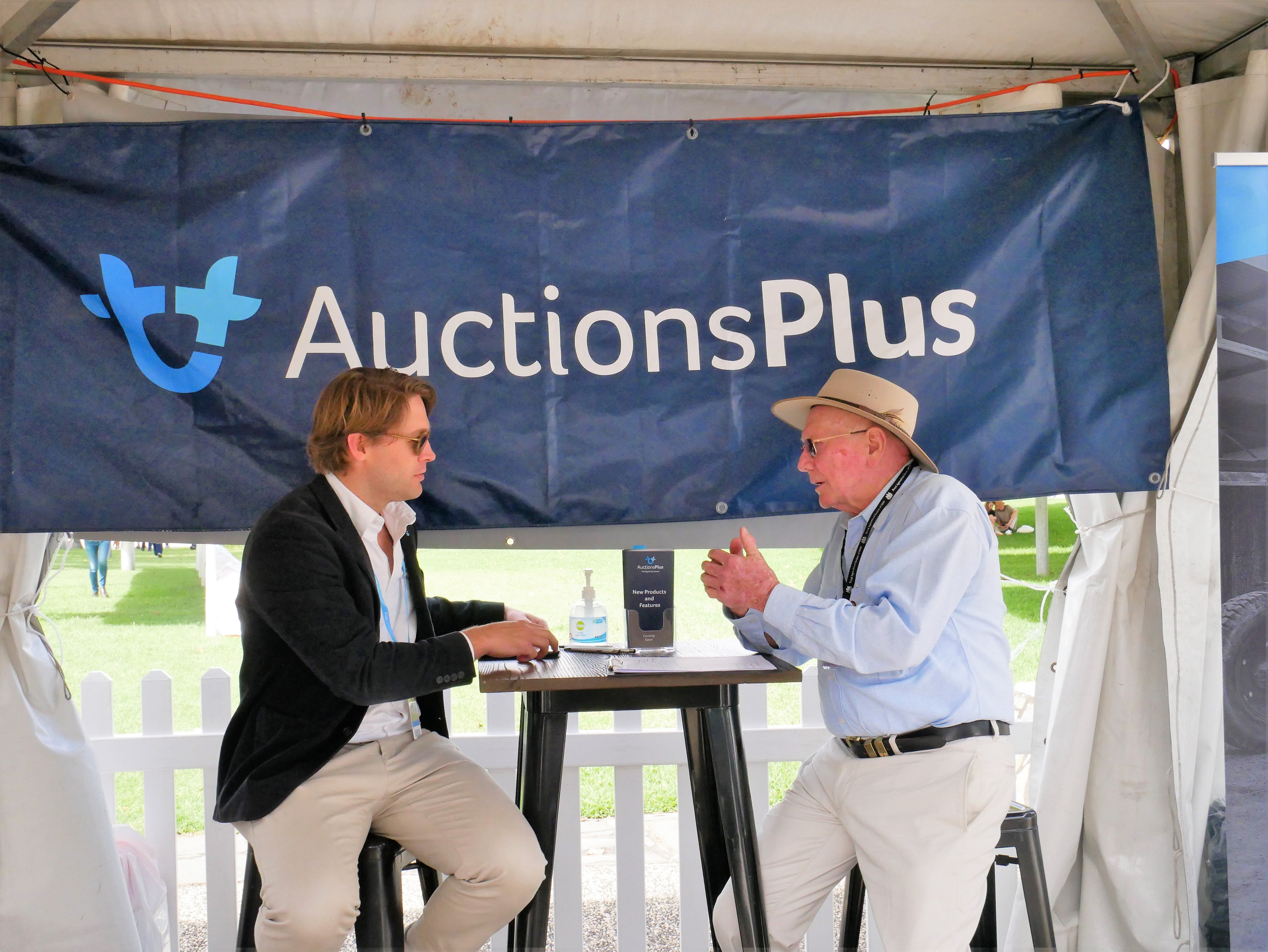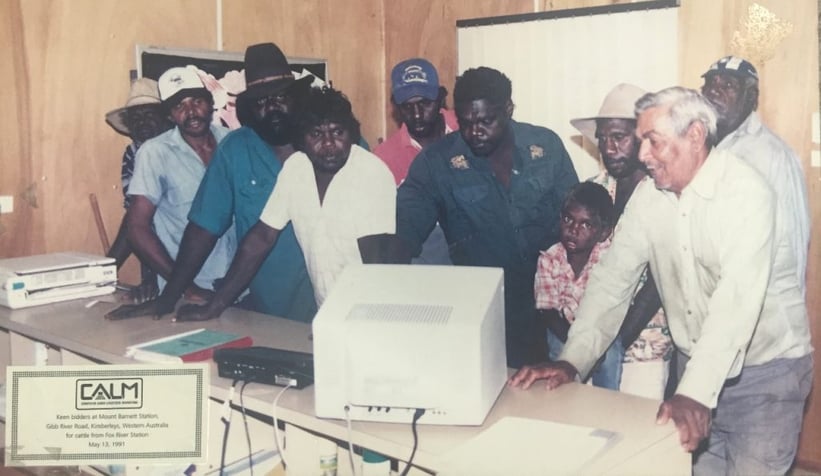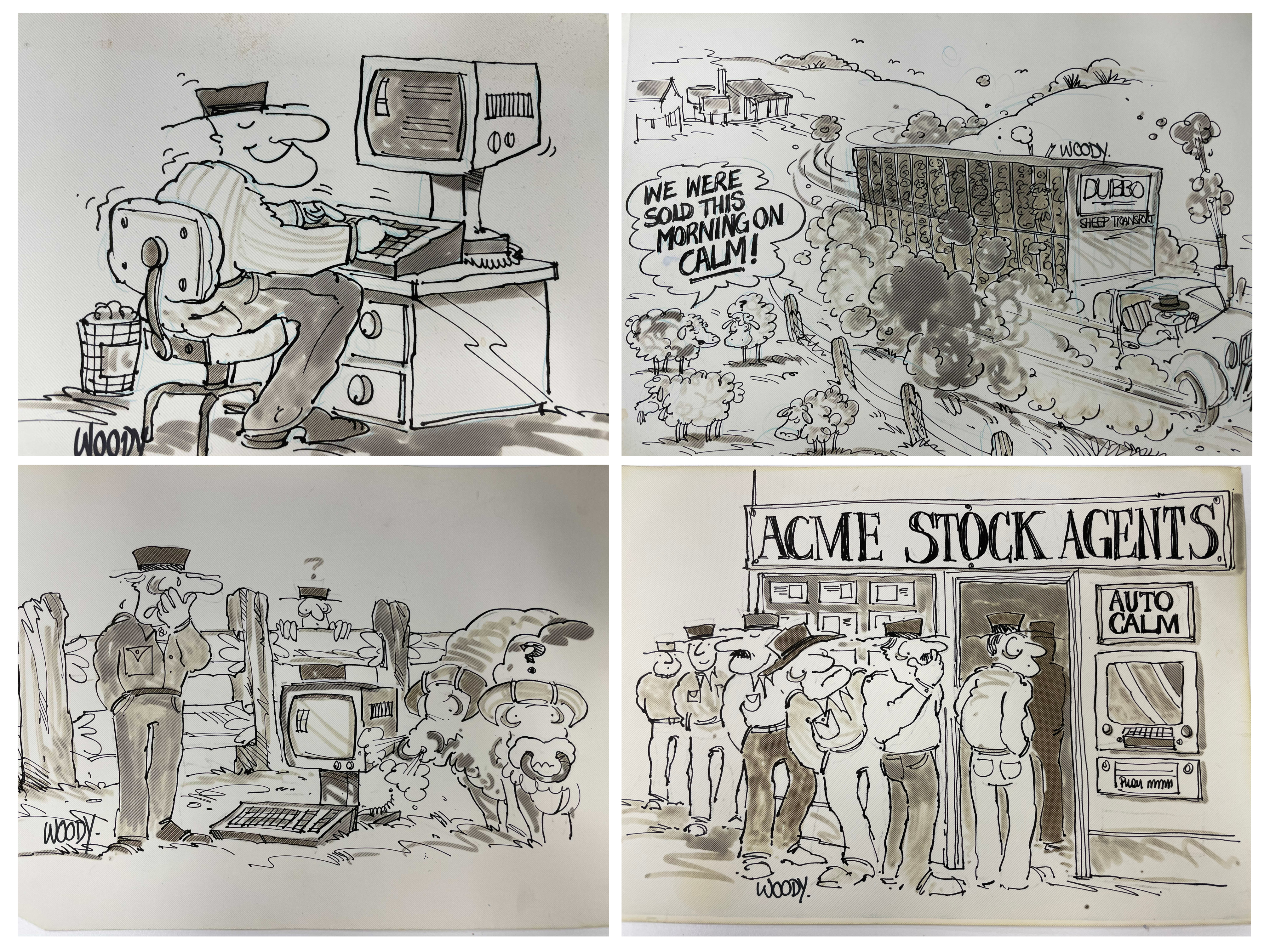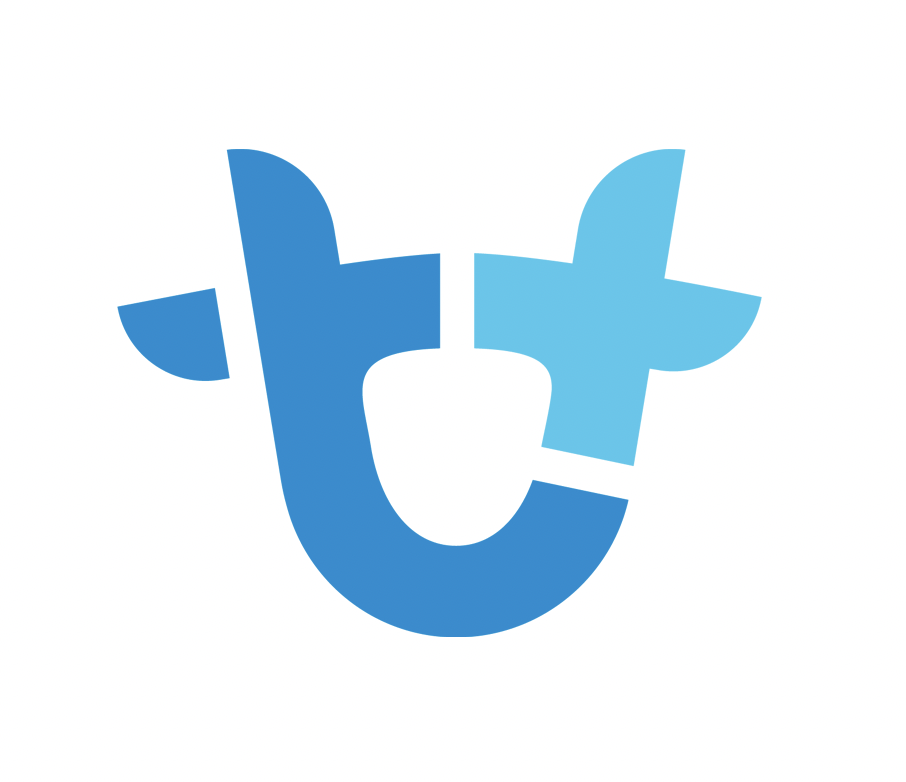 No one ever threw anything at Howard Gardner in the 1980s but he reckons he came close. After all, he was pitching to producers what he admits was a new fandangled way of selling livestock at a time before computers or the internet were a thing. Today that system is called AuctionsPlus and it’s since sold a ewe or two.
No one ever threw anything at Howard Gardner in the 1980s but he reckons he came close. After all, he was pitching to producers what he admits was a new fandangled way of selling livestock at a time before computers or the internet were a thing. Today that system is called AuctionsPlus and it’s since sold a ewe or two.
In 1976 Howard was working for an Australian wool brokerage company, having spent six years in the Middle East managing live trade. He reckons that while Australia’s overseas reputation for lamb and mutton was good, the same couldn’t be said for beef at the time.
Howard wasn’t having it. He covertly convinced a group of Lebanese traders based in Dubai to buy a few containers of the good quality beef that he knew Australians had produced. To his surprise, the beef was particularly fatty and measured up to overseas opinion, after all. In that moment Howard realised a traceability system was needed and so when he returned to Australia a year later he pitched electronic marketing to his company.
They agreed in principle but it wasn’t long before Howard realised even the people in head office didn’t quite grasp the concept of the communication system he was planning. He saw his vision of an efficient gamechanger slipping away.
He soon met David Wright and knew immediately he’d come across an ally. David and Howard received funding from the Australian Meat and Livestock Corporation to get the system up and running. Howard resigned from his job, it was 1985. Computer Aided Livestock Marketing (CALM) was born, Howard was now its chief executive, and David its inaugural chairman.
It took 18-months and countless kilometres traversing Australia for Howard and David to spread the word about the system, install telex or telephone services with producers and try to explain just what this uncomfortably new thing was all about. Saleyards were a staple of a livestock producer’s life so it was a challenge to change minds, to say the least, Howard recalls.
 Watching a CALM auction unfold on remote Mt Barnett Station in the Kimberleys, 1991
Watching a CALM auction unfold on remote Mt Barnett Station in the Kimberleys, 1991
“We were trying to get the message across; this is a communication system, rather than just a sheep or cattle or pig system. People understand now but it’s a different environment, with marketing systems and computers. It was very difficult and lots of times I was reminded of how mad I was… but that’s part of it.”
“Some people understood but the average guy, which we predicted, didn’t quite get it. I’d go somewhere and address a meeting of producers and explain it but someone would stand up and say ‘listen, our sale day is Friday and my wife and I come to town, have a few beers at the pub and you’re saying we won’t be doing that?”
“And I’d say ‘ you can but that’s inefficient if you want to get the maximum price for your product and for your product to go overseas.”
Issues surrounding the industry’s language became a common theme. Howard says people didn’t know how to describe stock the way they do today and the lack of uniform description for carcasses meant some unwelcome surprises were popping up during sales. The team helped put together a language guide that the industry would support - it is still in use today.
CALM ticked along for a few years, receiving 50 cents for cattle and five cents for sheep from the Australian Meat and Livestock Corporation funding. It was struggling though and by 1988 Howard said it was looking like it might not survive - but a boost in the form of a million dollars came in 1990.
“The sheep industry was a mess that season, selling for $1 a head, and the Australian Government introduced the Flock Reduction Scheme. Producers were paid to get rid of their excess sheep.”
It would be a massive undertaking to sell that volume of sheep, so Howard convinced the Australian Wool Board, in charge of the operation, that CALM was the way for it to happen.
 An original CALM marketing campaign.
An original CALM marketing campaign.
“A producer would say, ‘we’ve got 200 sheep, I want $200 but they’re not worth anything’ so a CALM assessor would supervise the destruction of the sheep, process the report, pay the producer and the Australian Wool Board paid us a fee,” Howard explains.
“That was the first classic example of what this system could do but we hadn’t had the volume until then. We made a million dollars that year.”
Howard stayed in the job for 11 years. While he says he definitely overestimated the industry takeup and the speed at which it would happen, he’s blown away by where it is today. Nonetheless, he made sure he kept everyone humble at the 30 year anniversary in 2016.
“I got up to say a few words and I said ‘you’ve just about achieved where I thought we’d be in 10 years and it’s taken 30,” he laughed.
“But, really, it’s achieved a hell of a lot more now than we ever envisaged.”
“There weren't even fax machines when we started. We were the first big users of them around 1986 and we needed them so people could fax their description. Now of course, they’ve got moving pictures on the screen which we could never have foreseen.”
Howard says a team of very good people were key to CALM’s eventual success, That, and just plain hard work, perseverance and determination.
There’s a verse from a poem by Edgar Guest that Howard recalls from his childhood and if it doesn’t sum up his outlook on life, nothing does.
“Somebody said that it couldn’t be done, But he with a chuckle replied that “maybe it couldn’t,” but he would be one who wouldn’t say so till he’d tried.”
 Results
Results
